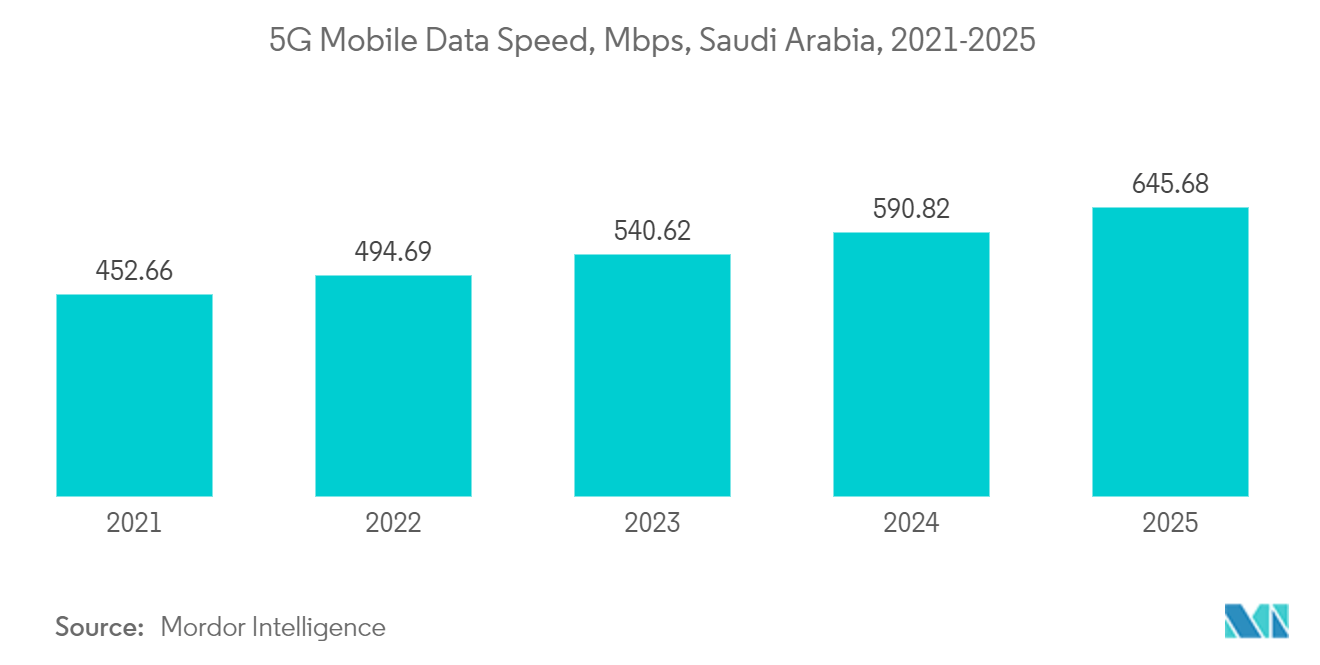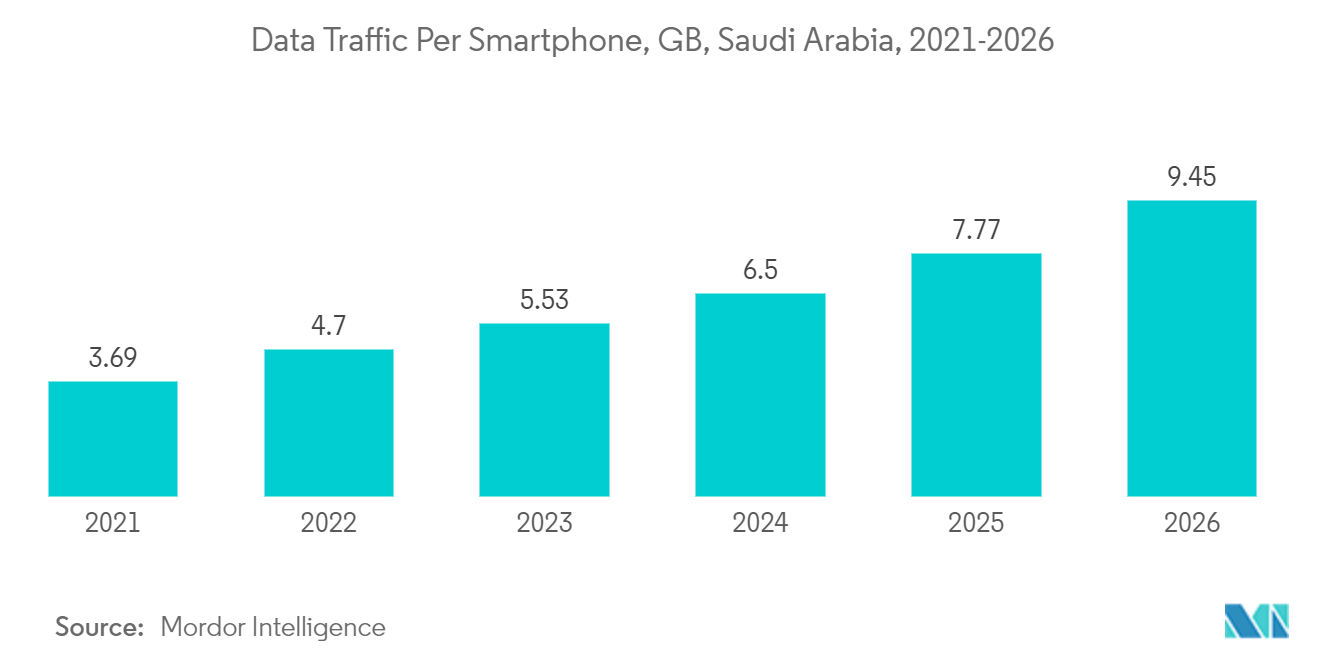Market Trends of Saudi Arabia Data Center Construction Industry
IT and Telecom Contributing Significant Market Share
- The Saudi Ministry of Communications and Information Technology (MCIT) announced an ambitious initiative, allocating a staggering USD 18 billion to establish a network of large-scale data centers across the country. The government aims to position Saudi Arabia as the central data hub in the region. To achieve this, the country is actively engaging both local and international investors. This strategic move aligns with the nation's expanding international relationships, further fueling the growth of the data center industry. For instance, Tencent Holding, a prominent Chinese internet services company, is gearing up to bolster its cloud services in Saudi Arabia. The company’s initial focus will be on offering cloud storage solutions to local gaming companies. Subsequently, the company plans to delve into AI computing, with a specific emphasis on developing an Arabic language model.
- The telecom industry is poised for continued dominance, driven by the rising adoption of 5G networks by users. By 2030, the speed of 5G mobile data is projected to surge to 921 Mbps.
- This underscores the rising demand for data center servers. The surge in smartphone adoption, coupled with the rapid growth of 4G and 5G networks, is notably propelling Saudi Arabia's data center market. Furthermore, the country's ambitious Vision 2030, aimed at modernizing and automating its economy, underscores the pivotal role of 5G mobile services in this transformation.
- The disruptive potential of 5G enables the emergence of innovative applications. Saudi Arabia, as per the CITC, is set to lead as the first nation in Europe, Africa, and the Middle East to open up the entire 6 GHz frequency range for Wi-Fi utilization.
- Saudi Arabia has significantly boosted the free airwaves for the upcoming Wi-Fi networks, marking a 150% increase. The country has allocated a substantial 2,035 MHz of spectrum, with a notable 1,200 MHz earmarked specifically for Wi-Fi 6, surpassing all other nations globally. This move has spurred a surge in demand for new data centers in Saudi Arabia as the nation grapples with mounting data processing needs.

Tier 3 Contributing Significant Share
- In 2023, tier 3 was set to claim a substantial market share, driven by a surge in tier 3 certifications across numerous facilities. Meanwhile, tier 4 is poised for rapid growth in the coming years.
- In the upcoming years, tier 1 and tier 2 facilities are expected to experience diminishing demand and slower growth rates, mainly due to frequent and unpredictable outages. As a result, a considerable number of users are projected to migrate toward tier 3 and 4 facilities. This transition is driven by the increasing demand for more reliable data storage, enhanced processing, and advanced analytical capabilities.
- As of 2023, Saudi Arabia boasted approximately 38 data centers holding tier 3 certification, with an additional 40 in various stages of construction. Notably, Riyadh emerged as the primary hub for these data centers. The surge in demand for tier 3 data centers in the nation is predominantly fueled by their reliability and affordability.
- The rise of tier 3 data centers is fueled by the country's pivot toward a digital economy and the influx of major multinational corporations. Furthermore, with the growing importance of data centers for 5G applications, the country is prioritizing digital infrastructures, including data centers. The surge in smartphone adoption and data traffic per device has further underscored the necessity of data centers. Notably, as businesses increasingly demand 24/7 continuity services, there is a discernible trend toward opting for tier 3 and tier 4 data centers, a choice favored by a rising number of global enterprises.
- The surge in cloud computing and digital transformation drives an escalating demand for data centers. Customers prioritize data security and adherence to local regulations. Thus, this heightened demand necessitates the construction of additional data centers in the country.


